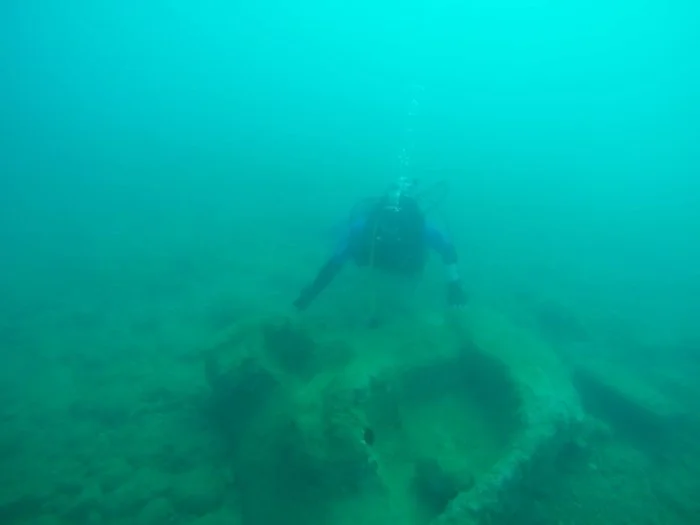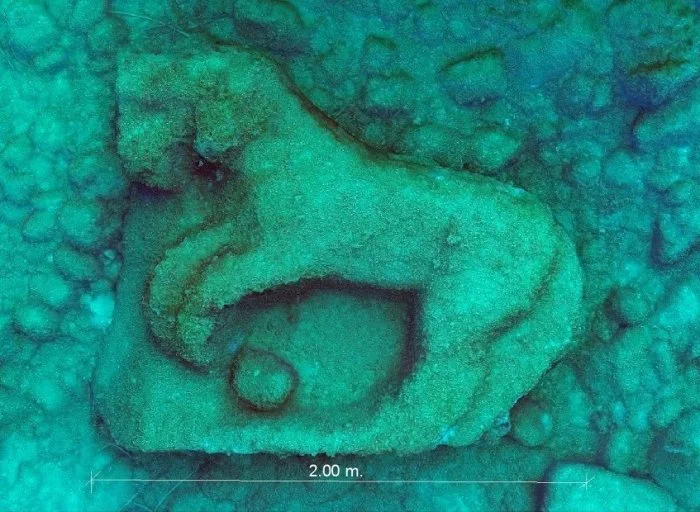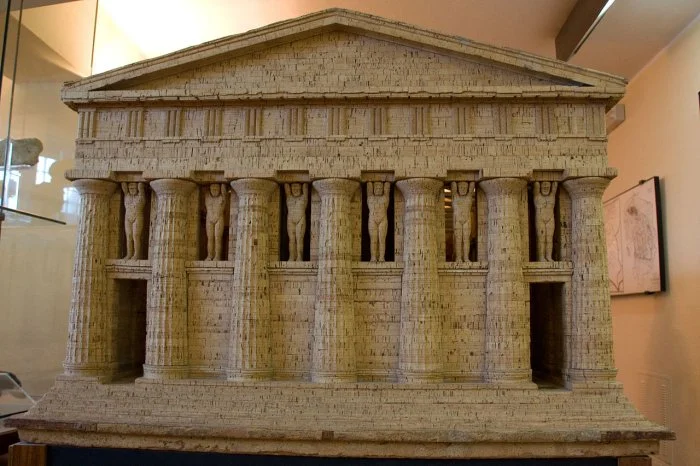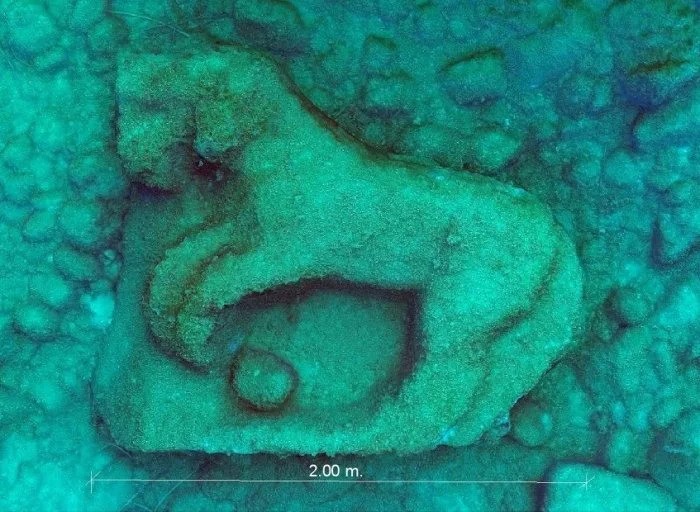Temple of Olympian Zeus Horse Frieze Found a Depth of 9 Meters off the Coast of Agrigento, Sicily

Underwater archaeologists exploring the depths off the coast of Sicily have made a remarkable discovery.
They found an exquisite marble fragment that was originally a part of the famous Temple of Zeus in Agrigento. Agrigento, (Greek: Akragas,) a city-state founded by the Greeks, is situated on Sicily’s southern coastline near the Akragas river.
According to mythological accounts, the city of Agrigento was established by Daedalus and his son Icarus after they escaped from Crete. However, historical documents suggest a different story.
Around 580 B.C., settlers from Rhodes and Crete, who had previously founded the neighboring city of Gela about a hundred years prior, are credited with establishing this city-state.
Agrigento, listed by UNESCO as a World Heritage Site, was once home to as many as 300,000 inhabitants in ancient times.
This city was a prominent center during the Golden Age of ancient Greece. Several temples were constructed in the Valle dei Templi, including the Temple of Olympian Zeus, which was one of the largest Greek temples ever built, measuring 112 meters in length by 56 meters in width. Akragas was greatly admired and considered a marvelous place.

Pindar, an ancient Greek poet who lived between approximately 518 and 448/7 B.C., described Akragas as “the most beautiful city ever constructed by mortals” in his literary works.
Underwater archaeologists from BCsicilia, a non-profit group, announced in a press statement the block made from Proconnesian marble measures about 2 meters in length by 1.6 meters in height.
The frieze is beautifully embellished with a splendid depiction of a prancing horse, an emblem often found in ancient Greek art symbolizing strength and power.
The Temple of Olympian Zeus, known in Italian as the Tempio di Giove Olimpico was the largest Doric temple ever constructed. Unfortunately, it was the ancient building that was never completed and is now in ruins.

The history of the temple is unclear. However, it is widely believed to have been founded to commemorate the Battle of Himera (480 BC) that took place in 480 BC.
This was a significant event where Greek cities, Akragas and Syracuse from Magna Graecia triumphed over the Carthaginians led by Hamilcar. It should be added that some scientists argue that the Battle of Himera contradicts historical accounts.
Research findings indicate that approximately one-third of the soldiers in Himera’s initial battle were local to the region. In contrast, in the second battle, locals constituted around three-fourths of the forces.
This supports historical assertions that external assistance played a more significant role for Himera in the first battle than in the second.
However, contrary to these accounts, it appears that many of these outsiders were not Greek allies as previously believed. Instead, they were mercenaries recruited from regions outside Greek territories.


According to historical records penned by Diodorus Siculus, construction of this temple was accomplished through the labor of Carthaginian slaves – likely soldiers who were captured post-battle.
Although the Temple of Zeus in Akragas holds a significant place in history, there are surprisingly few mentions of it in ancient literature.
The extraordinary underwater discovery of the 2-meter-long frieze illuminates the artistic mastery and cultural importance of the Temple of Zeus. This thrilling find adds to our understanding and appreciation of ancient artistry!




